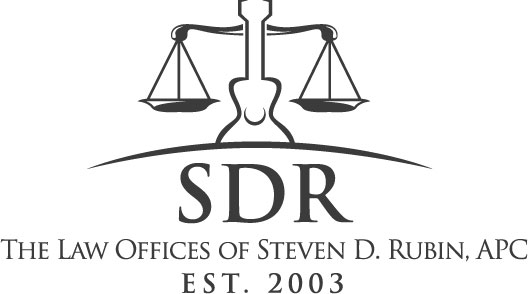
Tax Returns and Archeology: The study of the life of ancient (and not so ancient) peoples
I loved the Jurassic Park trilogy of movies. My oldest son and I must have watched them two dozen times. Heck, I watched them probably more than two dozen times without my oldest son! What can I say … I love big, angry dinosaurs! I am sure that to some extent these movies idealized the lives of the archeologists portrayed. How about the way Sam Neill’s character seems to face down T-Rex after T-Rex without breaking a sweat … but I digress.
Truth be told, part of my love for archeology is how archeologists can learn so much about our natural world by excavating ancient cities and artifacts, then studying what they reveal. You are probably wondering what does this have to do with tax. Well, I am glad you asked. Just like the study of ancient cities and artifacts can teach archeologists so much, the study of past tax returns can teach so much about a business, its owners and its operations. For example, a companion article in this eNewsletter discusses the role of Capital Accounts in partnerships and how to “see” the Capital Accounts at work by reviewing the relevant partnership tax returns and schedule K-1’s.
But what if it becomes necessary to re-construct who were the shareholders, directors and officers of a corporation at a time when for one or more reasons corporate records are lost, destroyed or otherwise unavailable? From time to time, in both a litigation and transactional context it may become important to be able to reconstruct this information.
Well, how about putting on your archeologists hat and let’s go digging through the corporation’s tax returns. What can they tell us? Well, in past the Form 1120 U. S. Corporation Income Tax Return contained a section called “Schedule E, Compensation of Officers.” This section required the corporate taxpayer to provide the name of the officer (although not the office held), as well as the percentage of the corporation stock held by that officer. Thus, this section itself would provide you with who were the officers and whether these officers were also shareholders; a good start in reconstructing who were the shareholders, directors and officers of a corporation. More recently, this information would be required to be put on a separate “Form 1125-E Compensation of Officers” and attached to the Form 1120 U.S. Corporation Income Tax Return.
And the neat thing (or perhaps not the neat thing depending on your perspective) with tax returns, is that like “dead men … they tell no tales.” Now I am not naïve and I am very much aware that the information put on a tax return may not be entirely accurate (wink, wink). But my point is, and particularly when the parties are all getting along, the information on the tax return is nevertheless probably reliable. When the dispute or context arises much later, and the relevant information is contained and reflected on prior returns, then, except in the rare case where an amendment was filed that relates to the issues at hand, the tax returns will “speak for themselves” and in that sense, “tell no tales.” Who were the shareholders, officers and directors in 2007 or 2008? Maybe one of those shareholders, directors or officers all of a suddenly finds that it sure would be nice to be able to establish that he or she was NOT a shareholder, director or officer at a particular point in time. Even if all the corporation’s records are lost, destroyed or otherwise unavailable, so long as tax returns were filed, that may be all that is needed to conclusively establish whether or not someone was in fact a shareholder, officer or director at a given point in time.
Now this article barely scratches the surface of the types of information available in a tax return. What were the assets owned by a corporation at a given point in time? When were those assets disposed of? When was money borrowed by the corporation? Was the money ever paid back? The list goes on and on. So, the next time these sorts of questions come up, you will know at least one place where you can aim your “shovels” and start “digging” …
Beware of angry dinosaurs!

